Visiting the Red Wall Blue Wall Pass felt like stepping into a vibrant chapter of a story I’d heard but never seen. I wandered through the red wall photography spots with a curious eye, and the playful mood around me was infectious. The moment I entered from the East Gate, I knew this was not just any temple sightseeing trip; the contrasting colors of the walls — that bright red paired with the serene blue — created a charming backdrop for my camera lens and my thoughts.
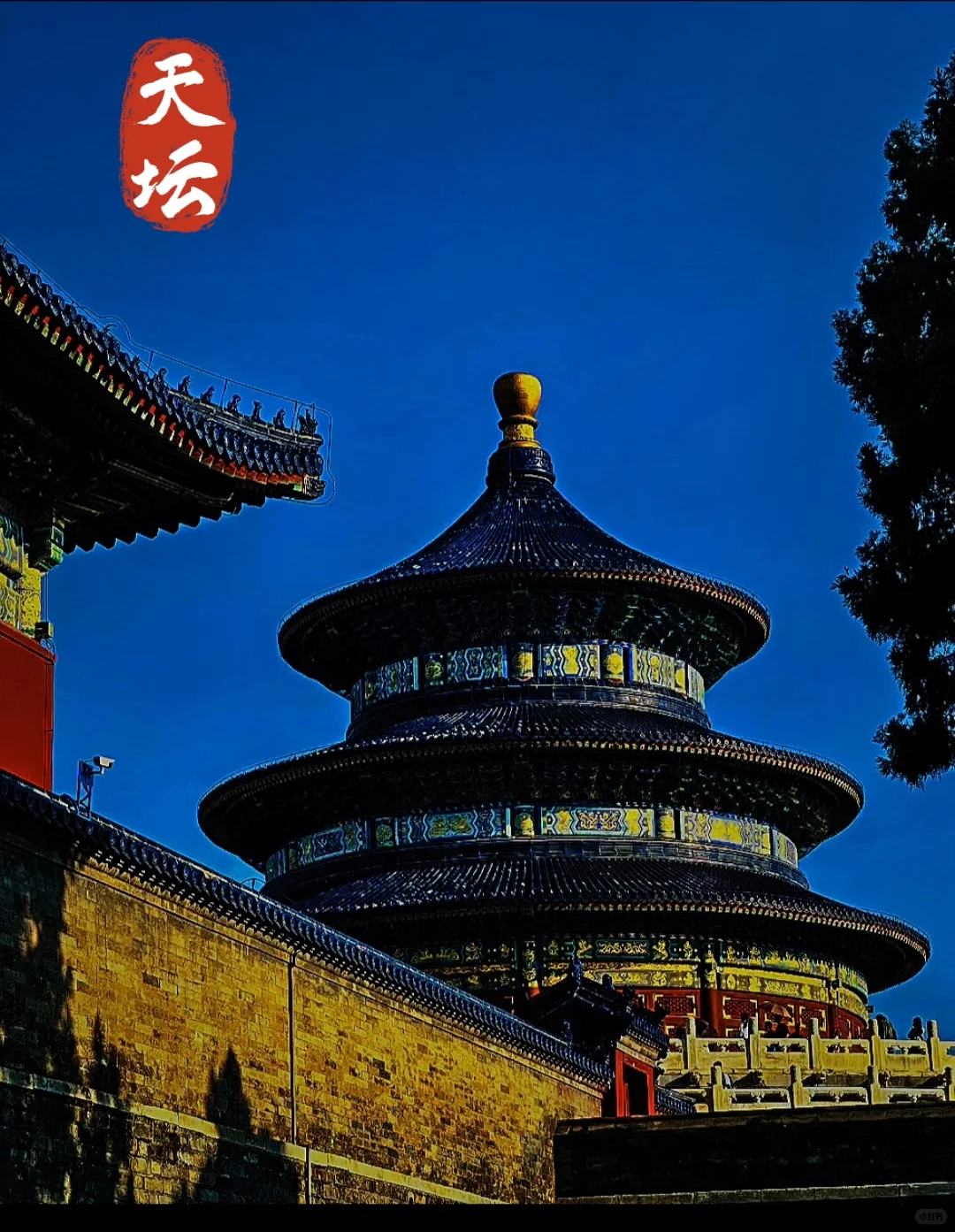
There’s a genuine joy in moving through this area, a playful buzz in the air as visitors seek out the best angles and shadows. The photo spot travel vibe here isn’t about perfection but about catching the light and spirit of the place — a guide that felt both friendly and inspiring.
We started at the East Gate, as recommended by local posts and many Xiaohongshu users who have shared immersive snapshots of their visits. The Long Hall itself is a corridor filled with history, but what caught my attention immediately were the walls flanking it. The vibrant red contrasted beautifully with the soft rustling of leaves from nearby green trees, which added a touch of nature to the man-made brilliance.
Walking along, I took plenty of pictures not only of the walls but also of how light changed their shade throughout the day. One highlight was the sound wall — the way your footfalls echoed along it gave a layered sensory experience. It felt like the walls themselves were inviting me to play along, turning a simple stroll into a playful adventure.
After spending time here, I made my way to the West Gate, which felt like the perfect concluding frame to this route. Along the way, I paused to capture the famous “plane shots” — those photos where you can frame the temple surroundings with open skies, giving crisp, clean lines to your compositions. This is a unique feature that many travelers mention and that truly highlights the harmony between architecture and nature here.
For those interested in exploring more vibrant photo locations in Beijing, I highly recommend checking out our Beijing Hutong Photography Guide for another dose of colorful streets and cultural depth.
What makes this place particularly special for photographers is that the walls aren’t just backdrops — they interact with the environment. The corner of the green tree on the red wall, for example, creates a perfect photo moment where color and texture meet. It’s almost as if the tree tries to peek around the wall, inviting you to frame it just right. I found myself circling this spot multiple times, experimenting with angles and light.
During my visit, I also noticed several other visitors trying their hand at capturing the subtle game of shadows and bright patches along the walkway. A good tip for anyone passionate about travel photography tips is to visit during different times of day. Early morning or late afternoon produces softer, more dramatic contrasts that bring the walls to life. Midday can work too if you prefer high contrast shots with deep reds and vibrant blues.
To avoid crowds (and many friendly playful tourists), I took quiet moments to simply observe the temple surroundings and find little details that many might miss — moss growing on a brick, faded strokes of paint, or the way a bird’s shadow draped over the wall. These subtleties often make for memorable shots beyond the obvious picture-perfect frames.
For a deeper dive into photography spots with cultural significance, see our in-depth article on Top Cultural Photography Spots in China.
Besides being a playground for photography lovers, the area around the Red Wall Blue Wall Pass is a deeply peaceful spot for temple sightseeing. The calmer atmosphere allows you to soak in the quiet power of these ancient walls, better appreciating their history and place within the temple grounds.
The colors themselves tell a story. Red walls represent luck and protection in Chinese culture, while the blue wall passage brings a rare touch of calm mystique. Walking from the East Gate, through the Long Hall, and finally to the West Gate, you get a sense of a carefully orchestrated experience, designed for contemplation as much as celebration.
While exploring, it’s worth remembering the guidance on appropriate behavior around sacred sites. Soft voices, respectful movements, and occasional pauses to enjoy the environment all add to a meaningful visit. My own moments of solitude by the walls felt like a meditation, grounding my thoughts amid the lively, playful moments spent with my camera.
For more insights into spiritual and architectural highlights, you might enjoy our article on Ancient Temples of Beijing, which offers a broader perspective on temple sightseeing in the region.
Reflecting on my experience, the red wall blue wall photography guide truly helped me discover a space that’s both playful and profound. Whether you’re chasing the perfect shot of the green tree corner or savoring the quiet sound wall, this place offers something unique to every visitor.
The juxtaposition of color, history, and natural elements creates a compelling scene for anyone passionate about photography, especially those eager for authentic photo spot travel experiences. I left with a collection of pictures I’m proud of and memories that feel deeply personal.
If you plan your trip with travel photography tips in mind, such as choosing the right time of day and exploring various angles along the route, you’ll return home with beautiful images and a story worth telling. And as you wander these temple surroundings, you might find your mood shifting toward the playful, exactly as mine did.
Finally, don’t forget to explore nearby photographic delights — the area is full of hidden gems eagerly waiting for your lens. For a great follow-up, explore our guide on Secret Photo Spots in Beijing to keep the inspiration flowing.
For official history and architectural details, you may also visit the National Park Service’s page on Chinese architecture, which provides broader cultural context and highlights the significance of color and design in traditional structures.
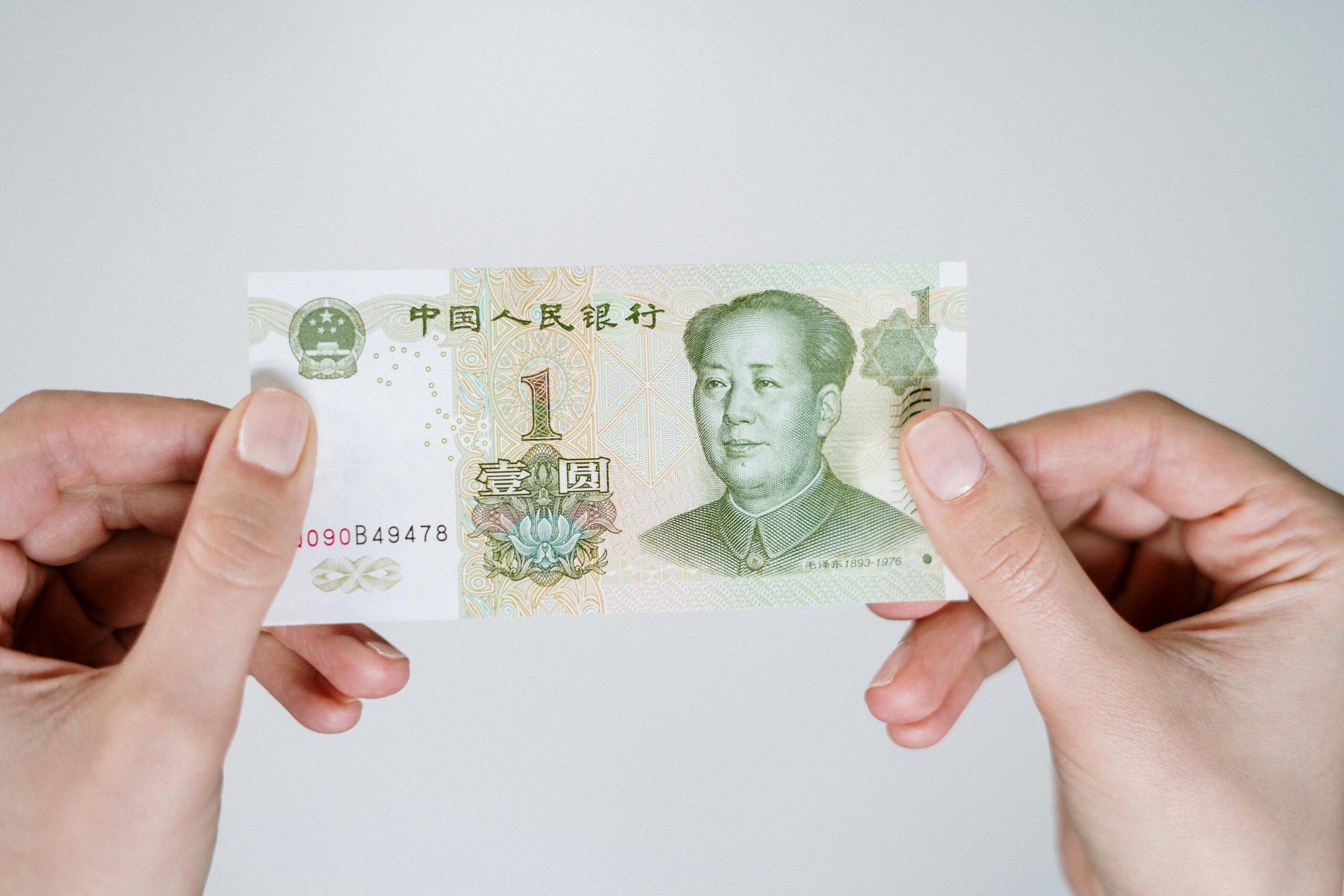
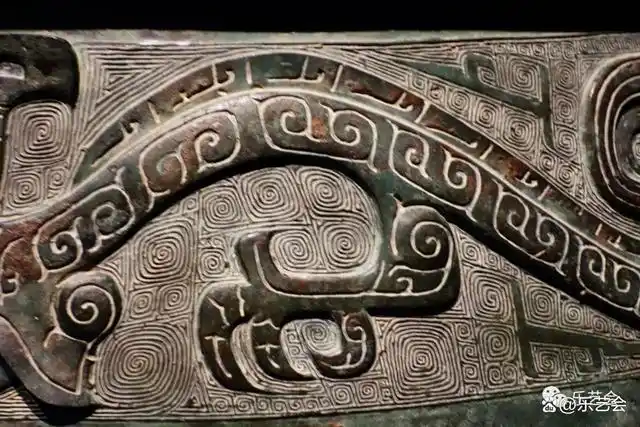
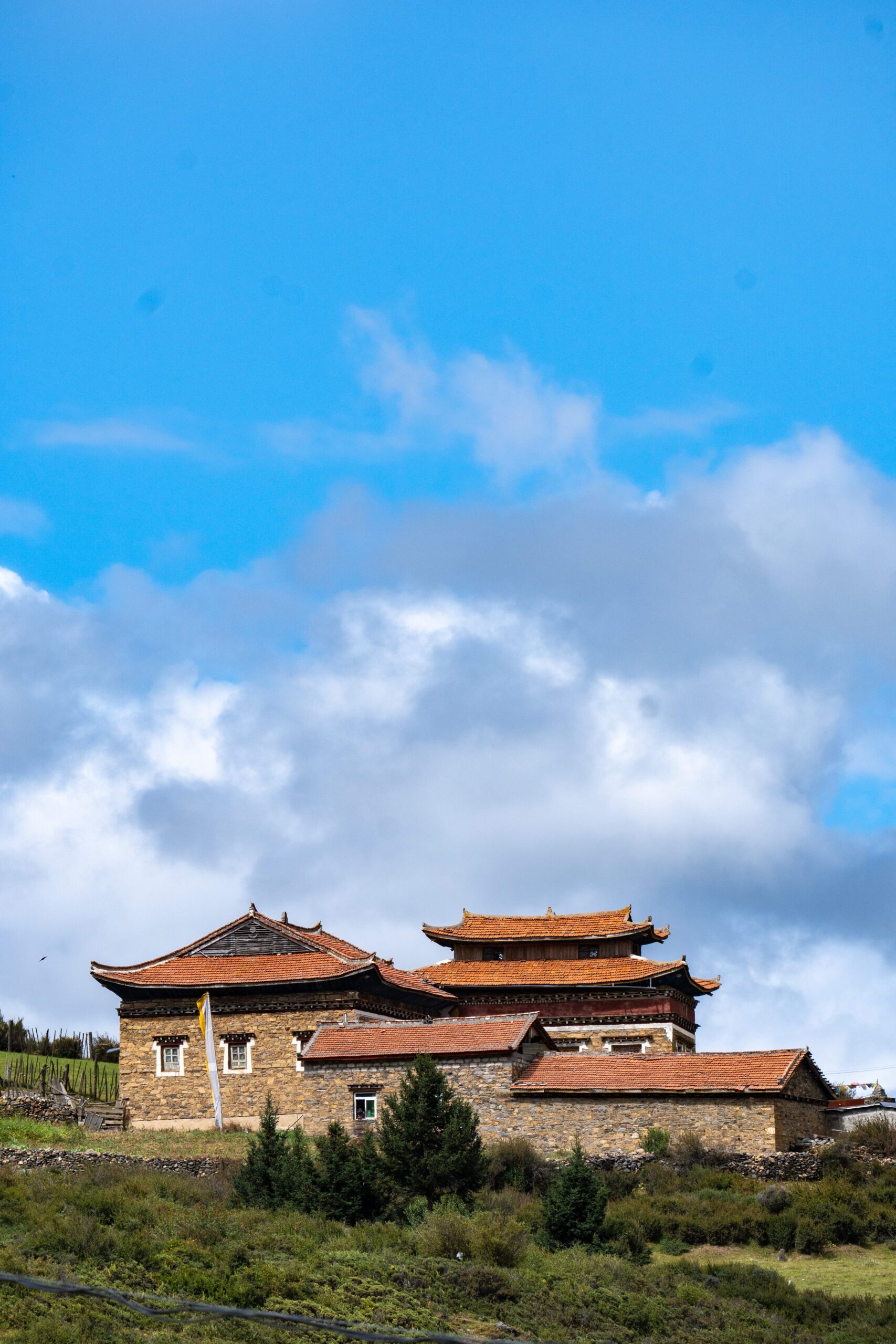
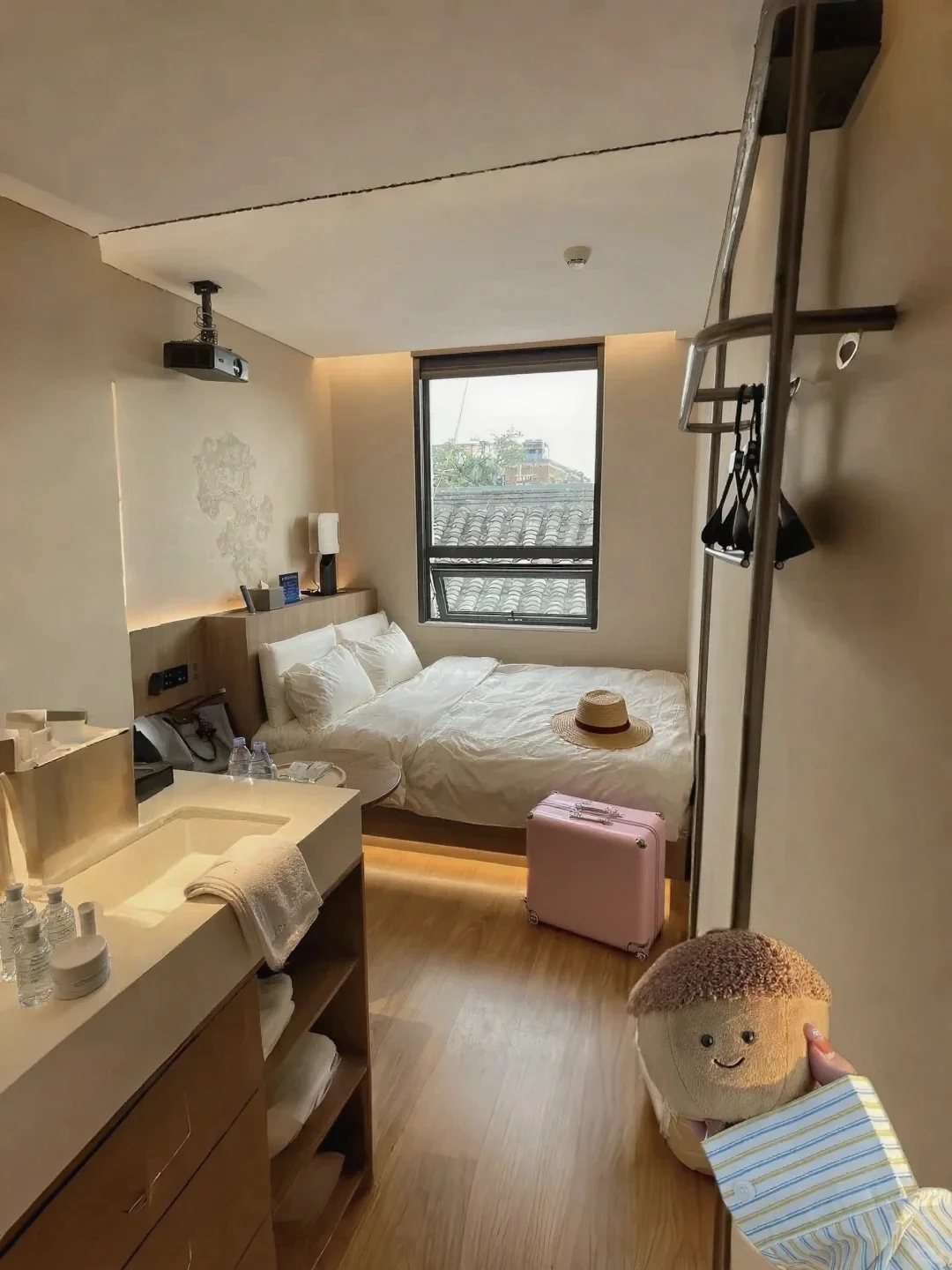
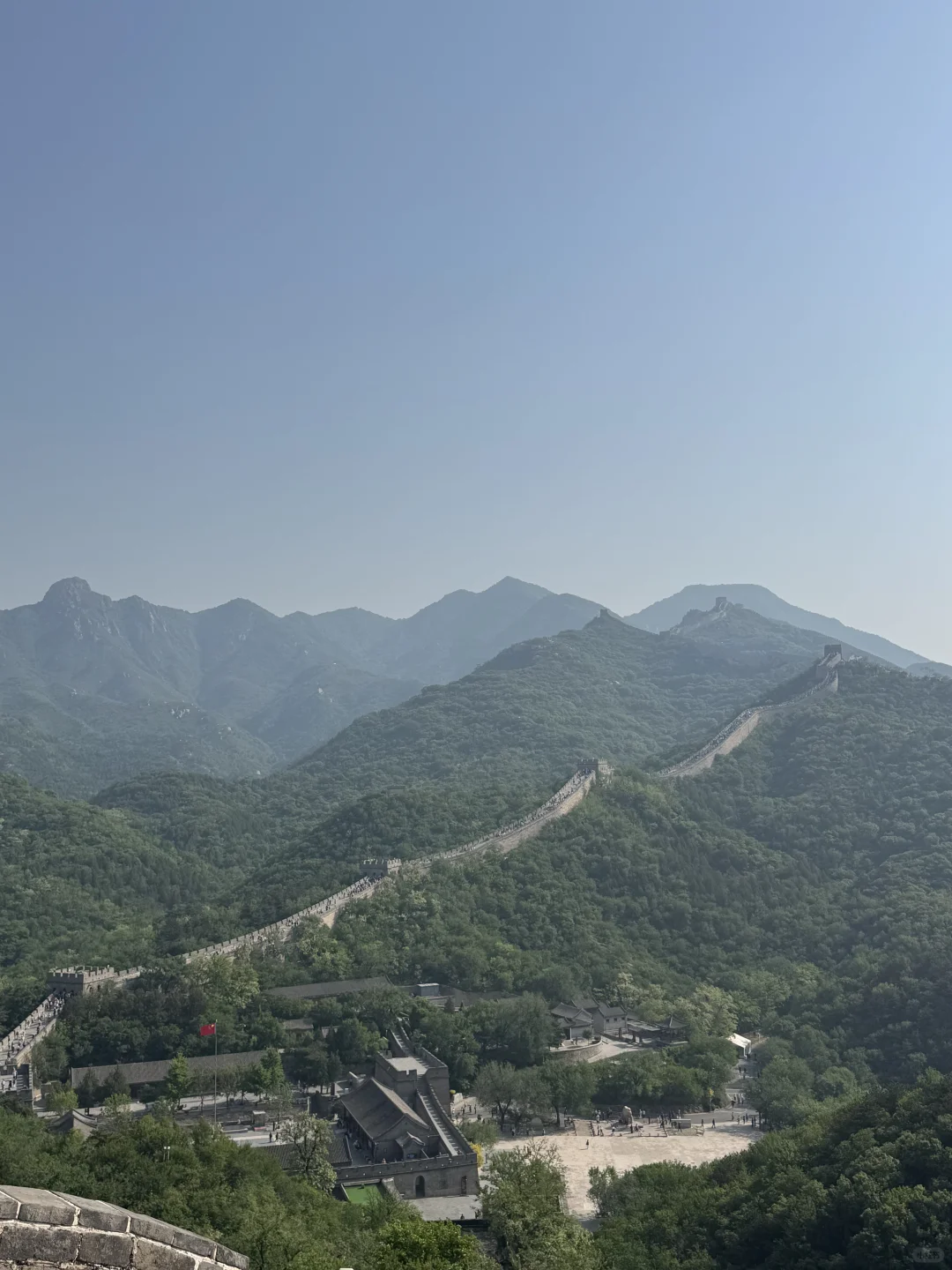
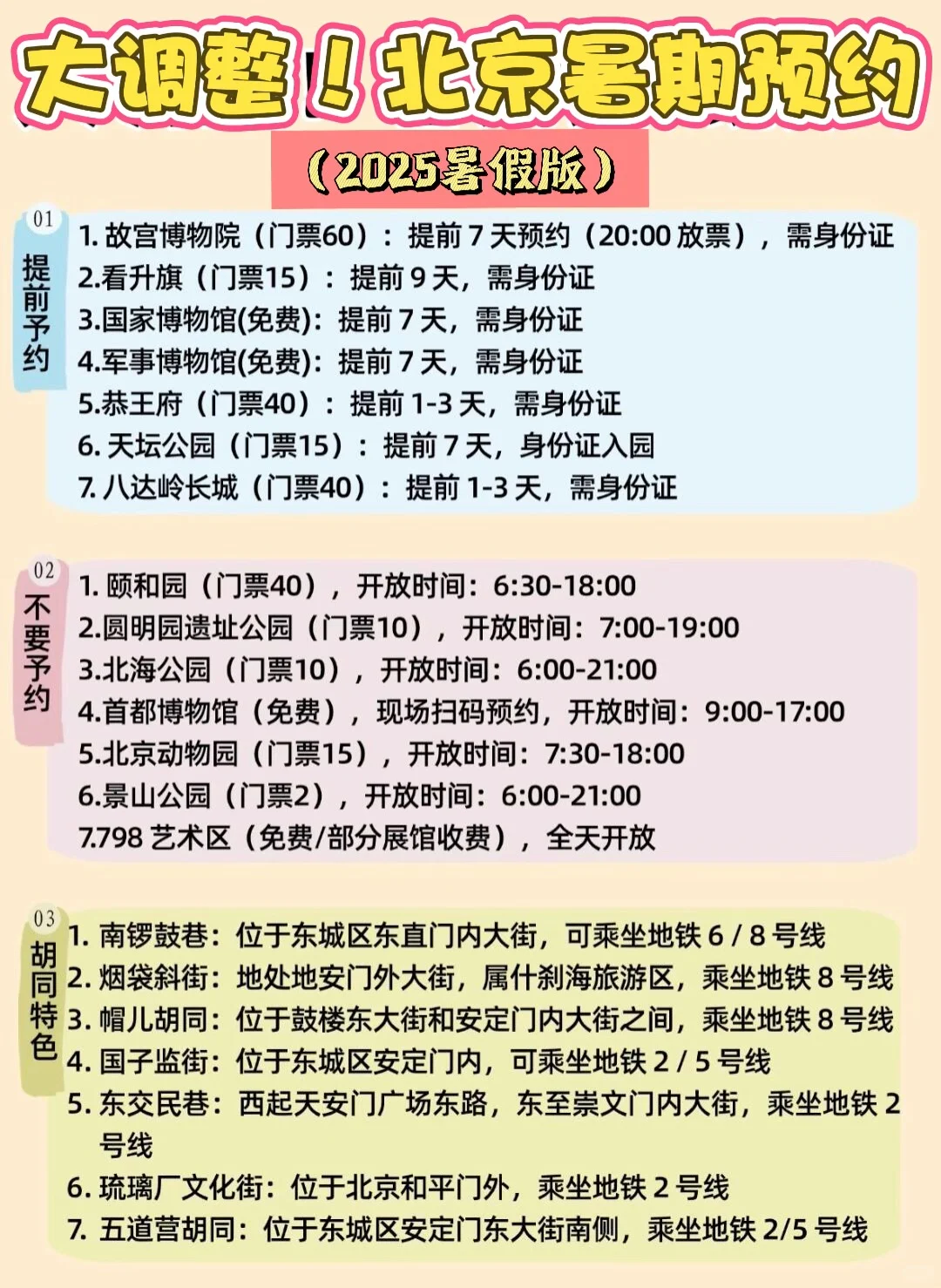
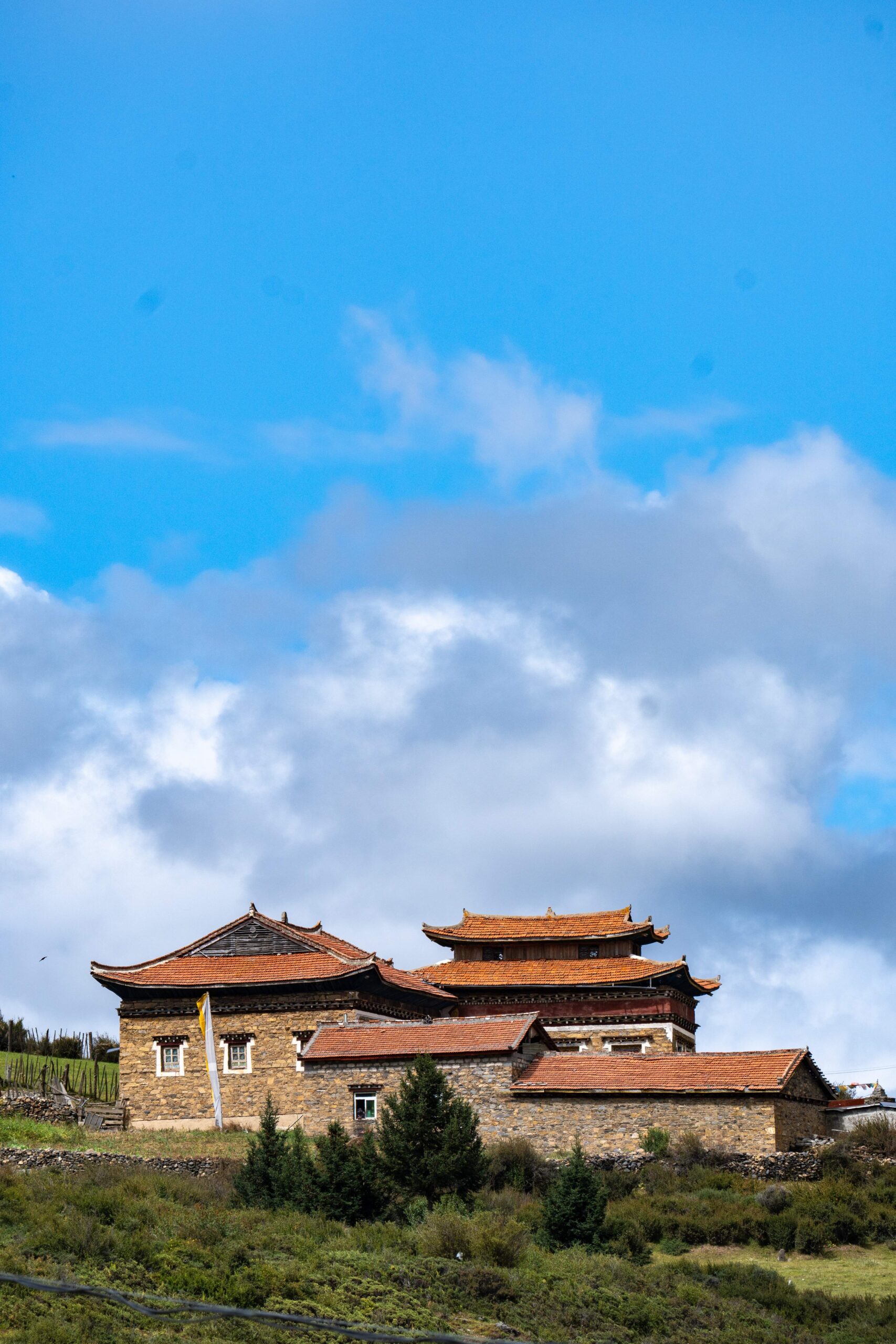
Explore the Real China.
Top Destination
Information